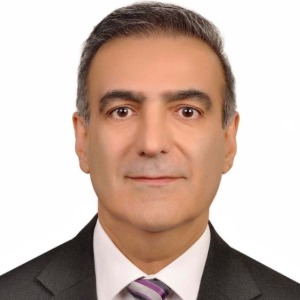Advanced Surgical Techniques and Innovations
Ophthalmic surgery has progressed significantly with the development of minimally invasive procedures and robotic-assisted technologies. Advanced surgical techniques and innovations have led to more precise and faster surgeries, reducing patient recovery times and improving surgical outcomes. Techniques such as femtosecond laser cataract surgery and advanced vitreoretinal procedures are at the forefront of this transformation, allowing for higher precision and less disruption to surrounding tissues. Innovations like 3D visualization and intraoperative OCT have further enhanced the surgeon's ability to perform complex procedures with greater accuracy. These advancements have not only improved the quality of care but also opened new possibilities for treating previously difficult-to-manage eye conditions.

Tim Jackson
King’s College London, United Kingdom
Shadrokh Nabili
University Hospitals of Morecambe Bay NHS Foundation Trust, United Kingdom
Anna Maria Bassi
University of Genoa, Italy
Pio Conti
University of Chieti, Italy
Gowhar Ahmad
Florence Hospital Srinagar, India
Hyungju Park
Gangnam Tokyo Eye Clinic, Korea, Republic of




Title : Rare and interesting case of Goldenhar’s syndrome in a 3 years old male child
Gowhar Ahmad, Florence Hospital Srinagar, India
Title : Management of common vitreoretinal lesions: An overview and update
Tim Jackson, King’s College London, United Kingdom
Title : Optimizing astigmatism management in refractive cataract surgery
Shadrokh Nabili, University Hospitals of Morecambe Bay NHS Foundation Trust, United Kingdom
Title : Comparative outcomes of a newly modified trabeculectomy versus conventional trabeculectomy
Hyungju Park, Gangnam Tokyo Eye Clinic, Korea, Republic of
Title : Lumevoq gene therapy in leber hereditary optic neuropathy
Magali Taiel, GenSight Biologics, France
Title : Intra orbital wooden foreign bodies: A retrospective study of 30 cases
Chandana Chakraborti, Regional Institute of Ophthalmology, Medical College & Hospital, India